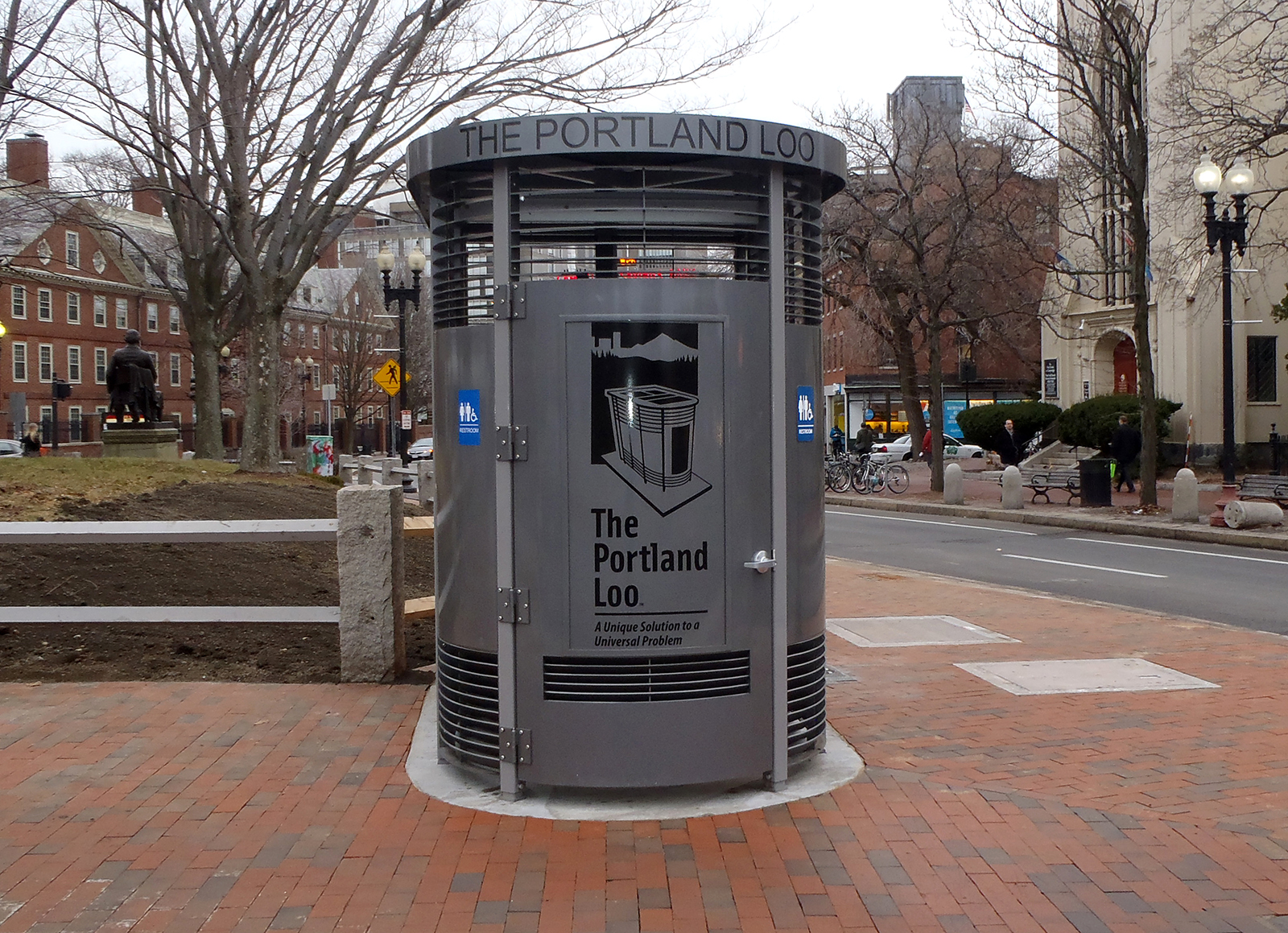As we emerge from a tragic pandemic, let’s catalyze action among professionals in the fields that shape the physical housing and communities where we live. This series of case studies shares innovations that are advancing a set of guiding principles for built environment professionals—from creative ways to redress inequities and engage the public in participatory planning, to unique housing and community models that enable every resident to thrive.
Restroom Deserts:
Where to go when you need to go
By Stephanie Firestone and Julia Glassman
Growing up in the U.S., children are admonished for using “potty talk” in public. While it is an important lesson about language use in appropriate contexts, it is emblematic of society’s broader aversion to talking about human waste—even among policy-makers. Consequently, most cities and communities
around the world do not have sufficient public restrooms, and those that are available often are uninviting and do not accommodate people with a variety of needs. Some activity has emerged, if only in a murmur. Public and private organizations and initiatives are advocating for better policy, creating design solutions and educational tools, and innovating in other ways. An even smaller number of initiatives are importantly tackling culture change—often using humor to break through people’s discomfort and normalize conversation about this basic human need shared by every single person on the planet.

